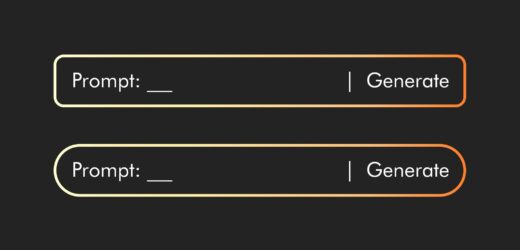Students ask all different kinds of questions. Some are on the money—good, honest queries about content that they don’t understand or want to know more about. Other student questions are more difficult to handle. It’s good to have some strategies lined up for when these sorts of questions are raised.
Questions you can’t understand – Sometimes when the understanding is muddled, so is the question. It doesn’t make sense, even though what’s in the midst of the muddle may be a legitimate question.
- Apologize: “I’m not sure I’m understanding the question. Please ask again. Maybe you can rephrase the question or talk to me a bit about what’s behind the question.” When the student tries again, listen intently.
- Take a stab: “Let me see if I’ve got the question. Here’s what I think you’re asking.”
- Enlist help: “I need help. Would someone else take a crack at asking the question?”
- Recognize the question’s value but decline to answer it for now: “That’s a good question, but I’m not going to answer it now because the answer will make more sense when we’re talking about. . . .”
- Say when you’ll answer it: “We’ll be taking about that [in a couple of sessions, later this on today, etc.] and I’d like to ask you to repeat the question then.”
- Don’t forget: If you said you’d answer the question later, be sure to do it.
- Say where the answer can be found: “Answering that question is going to take us away from what we’re discussing. If you’re interested in the answer, here’s where you can find it.”
- Answer briefly, as in very briefly, and explain why. “That’s a good question. It’s not really relevant to what we’re discussing now. However, I’ll give you a one sentence answer.”









